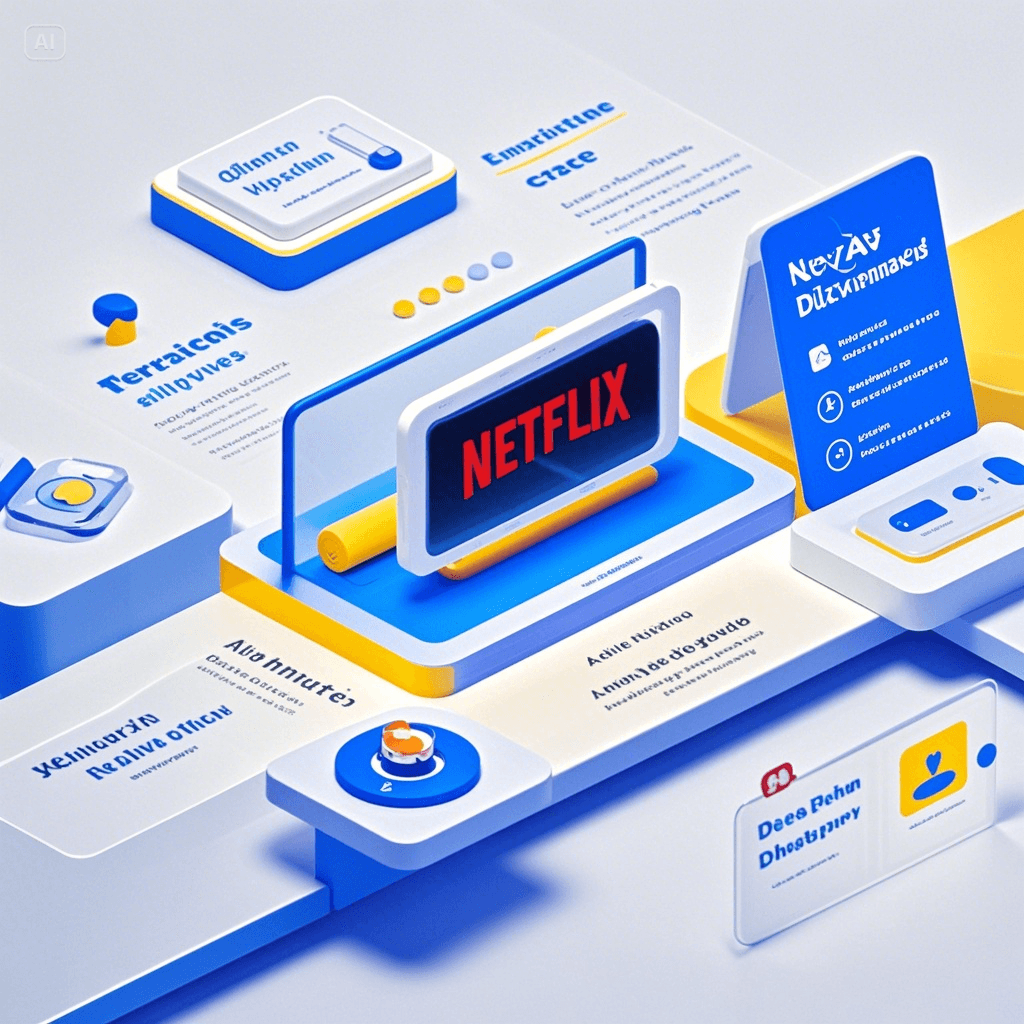Netflix’s New Ad-Supported Subscription Model: What You Need to Know

In a competitive streaming landscape, Netflix recently introduced an ad-supported subscription model. Known for its ad-free experience, Netflix’s shift to include ads marks a new chapter aimed at offering more affordable access to a wider audience. In this article, we’ll explore the reasons behind this move, how the ad-supported model works, its impact on user experience, and what it means for the future of streaming.

Why Did Netflix Introduce an Ad-Supported Model?
As Netflix faces competition from Disney+, Hulu, Amazon Prime Video, and other streaming platforms, retaining and expanding its subscriber base has become a priority. The ad-supported subscription tier allows Netflix to offer a lower-cost option, making the platform accessible to a broader range of users. This strategic move is designed to attract subscribers who are price-sensitive but still want access to Netflix’s vast library of shows, movies, and original content.
How Netflix’s Ad-Supported Model Works
Netflix’s ad-supported plan provides users with a subscription at a reduced rate, which includes a set number of ad interruptions per hour. These ads are typically short and are played before and during certain shows and movies. Importantly, the frequency of ads remains minimal, with Netflix promising a viewing experience that balances affordability with minimal disruption.
While the ad-supported tier is more budget-friendly, users may notice some restrictions. For instance, a few popular shows and movies may not be available at this tier, especially newer releases and exclusive content. This approach offers Netflix flexibility in managing licensing agreements while giving subscribers the option to upgrade to an ad-free experience if desired.
How Ads Impact the Netflix Viewing Experience
With ads now part of the Netflix experience for certain subscribers, questions about viewing quality naturally arise. For many, the appeal of Netflix has been its commitment to uninterrupted viewing, which allowed users to enjoy content without distractions. In response, Netflix has implemented an advertising system designed to provide relevant and targeted ads that align with the viewer’s interests, minimizing the sense of disruption.
Netflix is leveraging advanced technology to ensure ads are tailored to individual viewing habits, making them less intrusive. Ads are brief, targeted, and placed strategically to avoid overwhelming the viewer.
Netflix’s Future Plans for Ad-Supported Streaming
The ad-supported model is just the beginning of Netflix’s broader vision to personalize the streaming experience further. By incorporating data-driven ad targeting and artificial intelligence, Netflix is working to make ads more relevant, increasing the value for both viewers and advertisers. Over time, Netflix’s ad-supported model may evolve to feature personalized ad experiences, reducing unnecessary interruptions and ensuring that content and advertising are more aligned with the viewer’s preferences.
User Response to Netflix’s Ad-Supported Model
User responses to Netflix’s ad-supported tier have been mixed. Some users welcome the lower price, appreciating the option to access Netflix at a reduced rate, while others remain concerned about the impact of ads on their viewing experience. As more streaming platforms adopt ad-supported tiers, Netflix’s approach is likely to influence how other providers integrate ads into their models, shaping the streaming landscape.
Conclusion: Is Netflix’s Ad-Supported Subscription Right for You?
The introduction of Netflix’s ad-supported plan offers users more choices, making premium content more accessible. Whether or not the ad-supported subscription is right for you depends on your preferences. If uninterrupted streaming is essential, the traditional ad-free plan may be worth the investment. However, if you’re looking for a budget-friendly option, the ad-supported model allows access to most of Netflix’s content library at a reduced cost.
As Netflix continues to refine its ad-supported experience, users can expect even more flexibility and personalization. The launch of this model marks a significant change in Netflix’s strategy, potentially setting a new standard for streaming in the years to come




